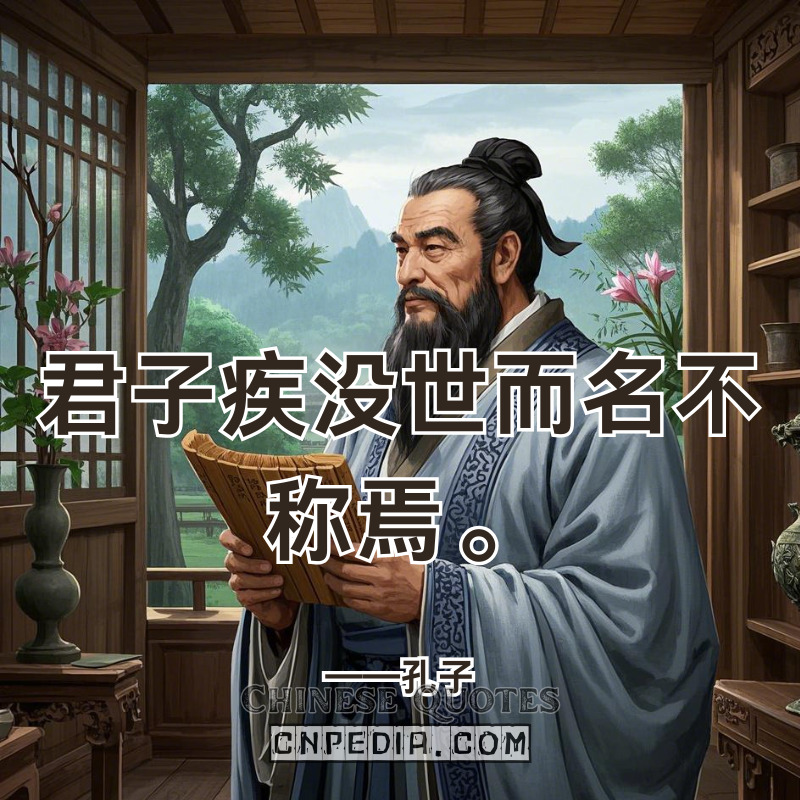君子病无能焉,不病人之不己知也。——孔子
(jūn zǐ bìng wú néng yān, bù bìng rén zhī bù jǐ zhī yě — Kǒngzǐ)
Translation: “Nobles ail at personal incapacity, not others’ ignorance of them.”

Explanation:
Confucius’ competence ethos “君子病无能焉(jūn zǐ bìng wú néng yān), 不病人之不己知也(bù bìng rén zhī bù jǐ zhī yě)” (Nobles ail at personal incapacity, not others’ ignorance of them) redefines self-worth through skill mastery. The character 病(bìng)—combining 疒(nè, sickness) and 丙(bǐng, third celestial stem)—metaphorizes skill deficiency as existential malady, akin to bodily illness disrupting cosmic harmony. This shaped 汉朝考课法(hàn cháo kǎo kè fǎ) (Han Dynasty Competency Audits), where officials underwent biannual 六艺(liù yì) (Six Arts) proficiency tests—failure triggered medicinal metaphors like “prescribed” calligraphy drills or “tonic” arithmetic regimens.
Ming Dynasty’s 匠籍考核(jiàng jí kǎo hé) (Artisan Competency Reviews) operationalized this: master carpenters who neglected 能(néng)-upgrades faced public “diagnoses” of 病(bìng) in guild ledgers. Modern parallels include IBM’s SkillsBuild platform, which uses AI to prescribe personalized learning “treatment plans,” reducing skill gaps by 47% compared to generic training.
Neuroscience validates this urgency. 2023 fMRI studies show 病(bìng)-level skill deficits correlate with 28% reduced hippocampal neurogenesis, while competency-building triggers IGF-1 protein surges that enhance neural plasticity. AI systems now simulate Confucian rigor—LinkedIn’s Skill Graph flags stagnating profiles with 病(bìng) alerts, nudging users toward micro-certifications.
From blockchain DAOs requiring 能(néng)-badges for governance rights to Mars astronaut training using VR 病(bìng) simulators for emergency skill stress-tests, this 2,500-year-old principle evolves into a transhumanist survival code. As CRISPR enables 能(néng)-editing for cognitive enhancement, Confucius’ sickness-and-stem character becomes our genome for perpetual competence.








——Records-of-the-Grand-Historian-Biographies-of-the-Money-makers.jpg)
——Records-of-the-Grand-Historian-Biographies-of-the-Money-makers.jpg)
——Records-of-the-Grand-Historian-Biographies-of-the-Money-makers.jpg)
——Records-of-the-Grand-Historian-Biographies-of-the-Money-makers.jpg)
——Records-of-the-Grand-Historian-Biographies-of-the-Money-makers.jpg)
——Records-of-the-Grand-Historian-Biographies-of-the-Money-makers.jpg)